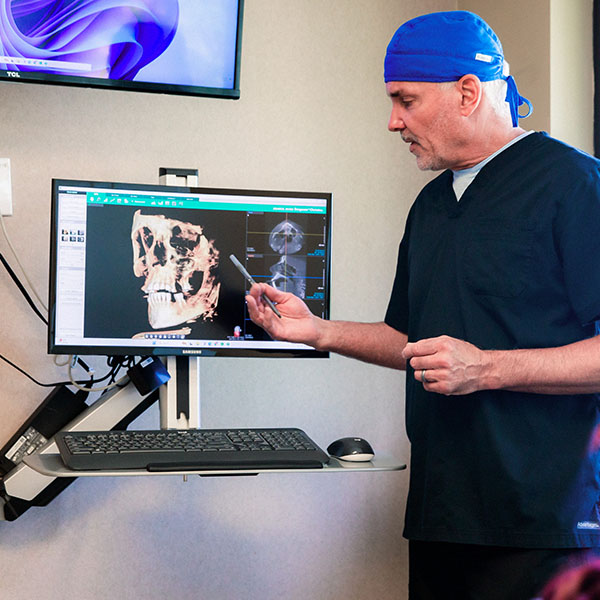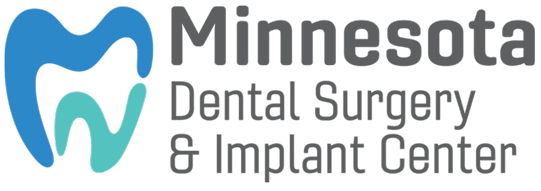Bloomington, MN
Bone Grafting & Platelet Rich Fibrin
Restore Bone Strength & Accelerate Healing for Dental Implants
At Minnesota Dental Surgery and Implant Center, we use bone grafting and Platelet-Rich Fibrin (PRF) therapy to restore lost bone, promote healing, and create a strong foundation for dental implants and other restorative procedures. Whether you’ve experienced bone loss from missing teeth, gum disease, or injury, our advanced techniques ensure faster recovery and optimal results.
If you need dental implants but lack sufficient bone volume, call us today for a free consultation and learn how our regenerative treatments can help you regain a strong, healthy smile.
What Is Bone Grafting?
Bone grafting is a regenerative procedure that replaces lost bone in the jaw, ensuring a stable foundation for dental implants and other restorative treatments. This procedure is often necessary when bone loss has occurred due to missing teeth, periodontal disease, or trauma.
- Prepares the Jaw for Dental Implants – Restores bone volume for successful implant placement.
- Prevents Jawbone Deterioration – Maintains facial structure and prevents bone shrinkage.
- Supports Long-Term Oral Health – Strengthens the jaw for future dental procedures.

What Is Platelet-Rich Fibrin (PRF)?
PRF is a natural healing therapy that uses your own platelets, growth factors, and white blood cells to accelerate healing and tissue regeneration. It is derived from a small sample of your blood, which is processed to concentrate the healing properties and applied to the surgical site.
- Speeds Up Recovery – Reduces healing time after bone grafting or oral surgery.
- Enhances Tissue Regeneration – Supports the growth of new bone and soft tissue.
- 100% Natural & Biocompatible – No chemicals or synthetic materials, just your body’s own healing power.

When Is Bone Grafting & PRF Needed?
- Before Dental Implant Placement – Ensures sufficient bone for secure implant support.
- After Tooth Extraction – Preserves bone structure for future restoration.
- For Gum Disease-Related Bone Loss – Restores strength to weakened jawbones.
- After Trauma or Injury – Repairs bone damage for functional and aesthetic improvement.

Call Our Office for a Free Consultation!
At Minnesota Dental Surgery and Implant Center, we are committed to state-of-the-art regenerative dentistry to help patients achieve stronger, healthier smiles. If you need bone grafting or PRF therapy, our expert team is here to help.
Call us today to schedule your FREE consultation and learn how we can restore your jawbone and accelerate healing with advanced regenerative treatments!
